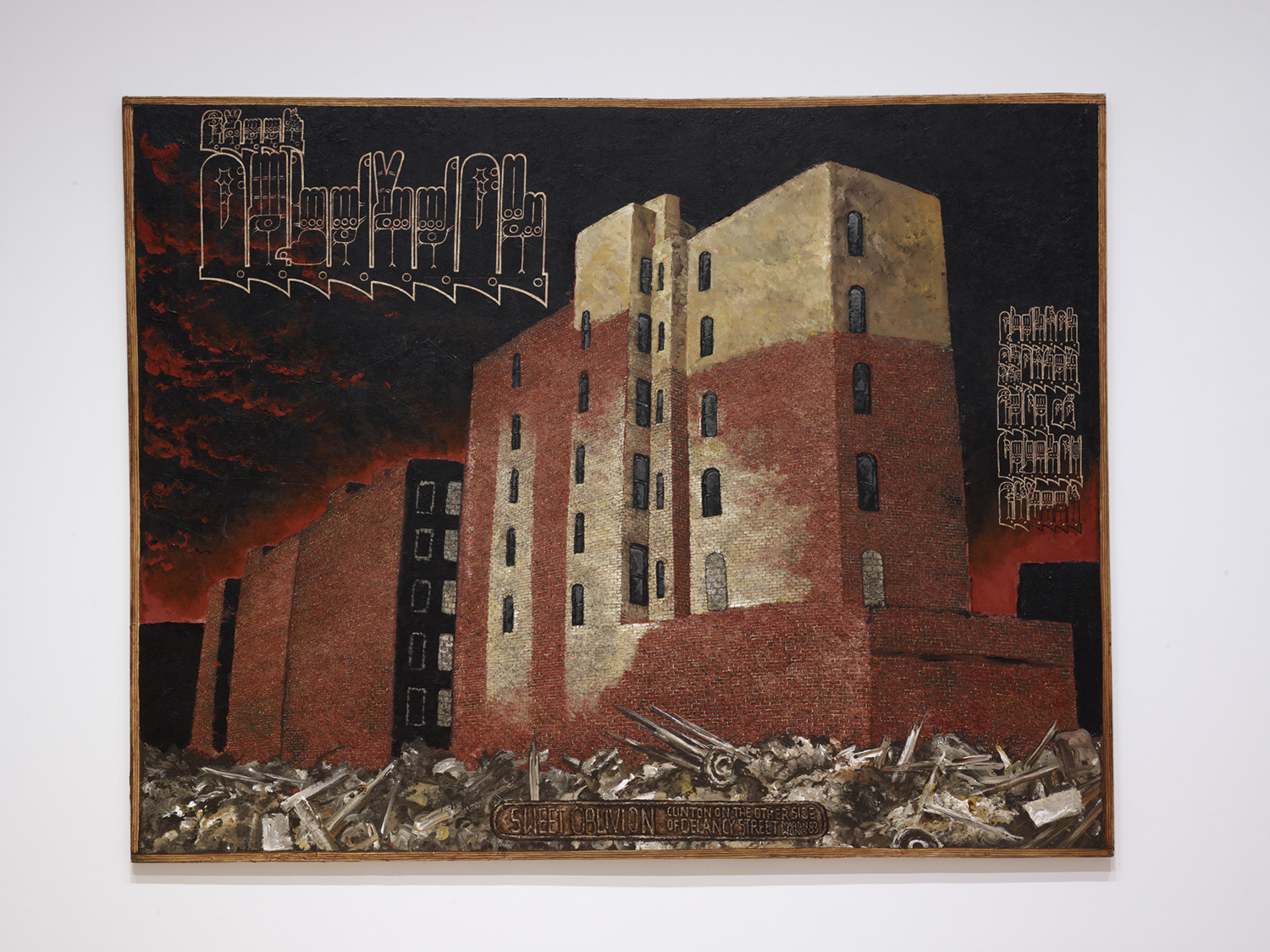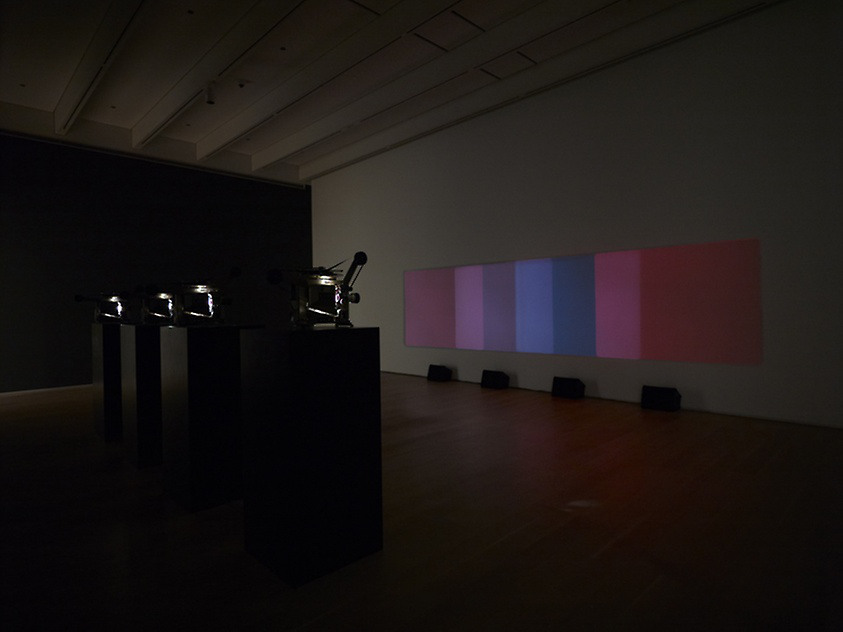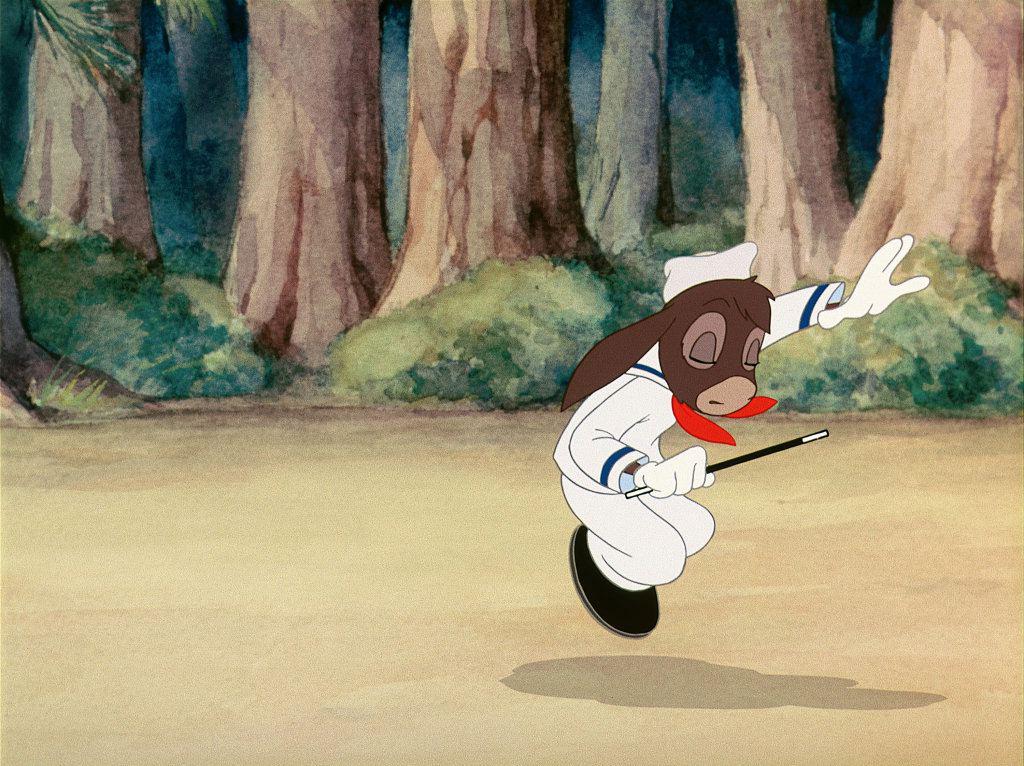
Shutter Interface,
1975

Paul Sharits was a pioneer experimental and Structural filmmaker whose work expanded the traditionally static viewing space of moving images. He began his studies as a painter, but later exploited the physical properties of film stock and the mechanical workings of the projector to create hallucinatory works that define the flicker film genre. After 1971 he produced single- and doublescreen 16mm works as well as immersive film installations, which he termed “locational” film pieces. Sharits challenged conventional ideas about film by creating pieces intended for gallery exhibition instead of cinematic venues: “People have not developed a way to reacting to seeing a film in the same way that they would react to, say, a [Mark] Rothko after all these years of abstract painting.”
The four film projections of Shutter Interface combine to produce a mural-like installation of seven overlapping monochromatic rectangles. The rotating shutter system, which traditionally generates the illusion of cinematic motion, here turns the solid-color frames into an oscillating panoramic kaleidoscope. The films vary in length, creating new color combinations as they continually loop. Single black frames interspersed within each reel create a pulsing optical effect, which is amplified by synchronized high-frequency tones. Sharits’s use of the basic components of film—speed, color, light and darkness, and sound—effectively creates an assault on the nervous system, which reverberates through the body. His mentor, influential filmmaker Stan Brakhage, described the work as a “delicious healing fever cycle.”More Acquisitions
-
![G40493]() Martin Wong, 2012
Martin Wong, 2012 -
![Poledna]()
Imitation of Life, 2013
Mathias Poledna, 2014
